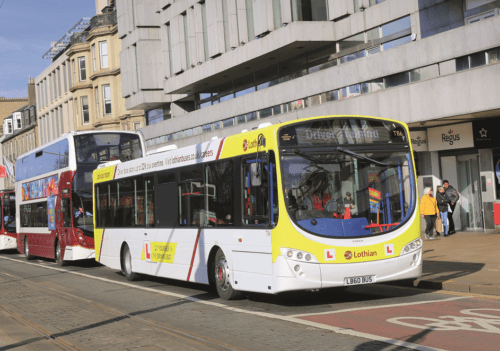
Driver recruitment and training is more important now than ever. Jonathan Welch finds out how Lothian Buses is dealing with the subject as it prepares to host the annual ALBUM conference
There will be lots of eyes on Lothian – which is already a company that attracts more than the average amount of attention thanks to its smart fleet and municipal status – at the end of April as it hosts 2023 ALBUM (Association of Local Bus Company Managers) Conference. Like most operators across the UK and beyond, Lothian Buses and its subsidiaries Lothian Country and East Coast Buses have been affected by the post-pandemic changes in the way people live and work, along with the effects of Brexit, both of which have had effects on the labour market, including drivers. Operations Director Willie Hamilton and Training & Recruitment Manager Pat Toner explained how Lothian has handled the situation, and what it is doing to help recruit and – crucially – to retain drivers.
“We’re turning the corner,” Willie explained. “The troubles across the industry have been well documented over the past year but we’re currently making service again. The shortage did affect us in some areas, and we were not able to meet our full service for a while last year. That was like a knife to the heart for a lot of people in the business; it’s not what we do. We’re through that now.
[…]By subscribing you will benefit from:
- Operator & Supplier Profiles
- Face-to-Face Interviews
- Lastest News
- Test Drives and Reviews
- Legal Updates
- Route Focus
- Industry Insider Opinions
- Passenger Perspective
- Vehicle Launches
- and much more!


